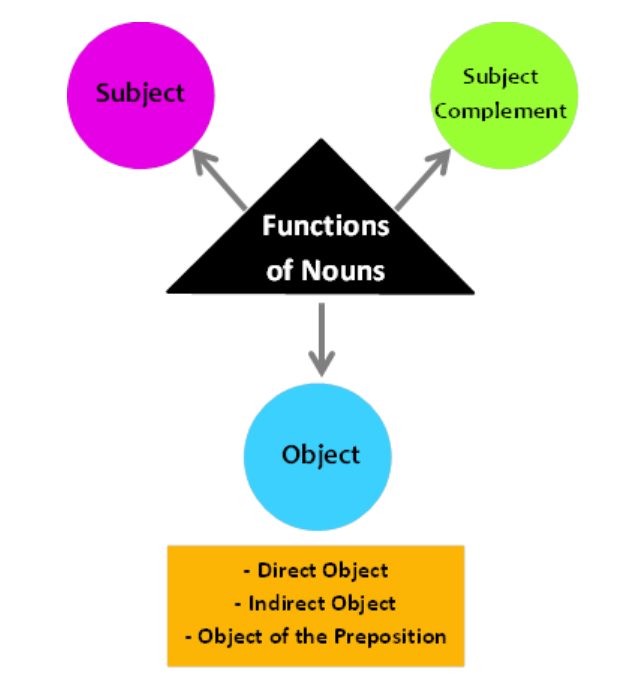Great site to keep my english skills updated for work and travel. I am really enjoying the lessons!
Maria C
 Argentina
Argentina


Words can be considered as the smallest independent elements in language and communication. In the English language, words can be classified under 8 major word types or parts of speech namely, nouns, pronouns, adjectives, verbs, adverbs, conjunctions, prepositions, and interjections. In this article, you will learn more about the most common and simplest word type, which is the noun.
What is a Noun?
In the simplest sense, a noun is any word that names people, things, animals, places, events, or ideas. Take a look at the sentences below:
All of the underlined words in the sample sentences above are nouns. Now that you already know the answer to the question, “What is a noun?” it’s time to discuss the different functions, genders, and plural forms of nouns.
What are the Functions of a Noun?
A noun can function as a subject, an object (object of the preposition, direct object, indirect object), and a subject complement in a sentence.

Examples:
In this example, the underlined noun serves as the subject in the sentence.
The noun in this sentence functions as an object of the preposition. (at is the preposition)
This sample sentence has two nouns, “Jeremy” and “swimmer”. “Jeremy” is a noun that serves as the subject, while the underlined noun acts as the subject complement.
In this sentence, “beavers” is the subject, the word “built” is the verb, and the underlined word is the noun that serves as the direct object (the thing that is acted upon).
This example has two nouns, “Maria” and “love letter.” The thing that is acted upon (direct object) is the “love letter,” while the indirect object is “Maria.” Simply put, an indirect object refers to the recipient or the one who gets the direct object.
What are the Different Genders of Nouns?
Aside from providing the answer to the question, “What is a noun?” and discussing the various functions, this article will also explore noun genders. Basically, there are four genders of nouns, and these are: masculine, feminine, common, and neuter.
1. Neuter – this gender simply refers to nouns that have no sex.
Examples: computer, city, pizza, bus, brownies, oven
2. Common – is the gender of nouns which can refer to either the male or female sex.
Examples: student, driver, lawyer, criminal, leader, visitor
3. Masculine – this refers to nouns of the male sex
Examples: sorcerer, actor, tiger, rooster, prince, fox, stag, bull, ram
4.Feminine – this denotes nouns of the female sex.
Examples: sorceress, actress, tigress, hen, princess, vixen, doe, cow, ewe
What are the Different Forms of Nouns?
Nouns normally come in their singular form, however, if these nouns name more than one person, place, thing, animal, event, or idea, it is necessary for you to transform them into their plural form.
These are most common ways of pluralizing nouns:
1. Add “s”
Examples:
2. Add “es”
Examples:
3. Change “y” to “i,” and then add “es”
Examples:
Note: Sometimes, you just have to add “s” without changing “y” to “i” (e.g., chimney- chimneys; trolley- trolleys)
4. Change “f” to “v,” and then add “s” or “es”
Examples:
Note: Sometimes, you only need to add “s” without changing “f” to “v” (e.g., cliff- cliffs; chef- chefs).
Other ways of pluralizing nouns:
1. For some nouns ending in “um,” change “um” to “a”
Examples:
2. For some nouns ending in “is,” change “is” to “es”
Examples:
3. For some nouns ending in “us” change “us” to “i”
Examples:
4. Some nouns have the same singular and plural form
Examples: